Description
MNE3704 Assignment 5 Semester 1 Memo | Due 8 May 2025. All questions fully answered. Question 1
1. Read the case study and then answer the questions that follow.
Two family businesses on different paths
Good governance decisions can unlock the long-term vitality of a family business — and poor ones, or
none at all or it can lock a family into years of conflict and potential demise. Consider the hypothetical
case of two family businesses that took sharply different approaches to the challenge. José, an
entrepreneur with only a primary education, was the founder of an energy company.
As the company matured and his sons grew over the years, José eventually held 31 percent of the
shares. His son Lorenzo, an active participant in the business, held 29 percent, and his other sons
Alejandro and Emilio owned 20 percent each. All the while, the business went through a gradual
evolution to more sophisticated management and internal structures.
As José aged, Lorenzo sought to solidify the company’s future by establishing a formal corporate
governance model. Finding the right specialists and formalising the ideals that would guide the
organisation was challenging. Perhaps the biggest initial challenge, though, was getting father, founder
and dedicated traditionalist José to go along. This was the first time anyone outside the family stood to
have a say in the company’s direction. Based on his track record as a top executive, Lorenzo was able
to convince José it was time. Initially, the move toward formal governance included only a board of
directors made up of shareholders. Soon, the company brought on external corporate governance
consultants and finally appointed a professional CEO — not a family member, but an executive
employee of long standing. The transition wasn’t without awkward moments.
Some of José’s informal and not entirely appropriate administrative techniques came to light and had
to be adjusted. As the principle of good governance gathered momentum, the company adopted new
policies and practices. It also set forth a formal process to plot the eventual CEO succession.
Eventually, the company that had begun at José’s dining room table had an independent board and an
audit committee. José was still active in the business, but now he got to take vacations. His other sons
had time to learn the business on a formal footing, and he was able to make planned transfers of his
ownership stake in a way that preserved business value. A new trust was in place to help facilitate the
family’s future prosperity.
Today, the sons are the company’s day-to-day leaders. José drops in now and then, and attends board
meetings, but he also travels the world knowing his business and family legacy is secure. On contrast,
the other story concerns a tourism business with operating units in several states. The majority
shareholder and sole head of the business, Jerry, has a wife, two sons, and two daughters. His children
were all married. Only Edgar, his older son, worked with Jerry in the family business. Without
warning, Jerry had a brain seizure and died at age 65. Edgar immediately took over as CEO, but
Jerry’s widow, who never had any interest in business, inherited a 95 percent stake in the company.
The four adult children shared equally in the remaining 5 percent — and with different interests, and
different understandings about what the company meant to them, it wasn’t long before petty rivalries
erupted into open conflict. Edgar and his brother wanted to solidify the business for the long term.
Their sisters wanted their mother’s standard of living to be the top priority — a standard funded by
cash taken out of the company. The mother wanted family peace but didn’t know how to make that
happen. She blamed Jerry’s poor planning for the impasse the family found itself in. Turmoil and lack
of clear direction took its toll on business performance. Sales fell off, longtime clients turned
elsewhere, and the family had to sell off several operating units to keep the business solvent.
After a contentious family retreat, Edgar convinced the family to search for governance specialists and
professional C-level business leaders from outside the family. They have agreed to create and
empower a board of directors, and an uneasy truce reigns. But considerable damage has happened
already, and the family can only hope its belated commitment to governance will be effective in
preserving what’s left.
1.1. Define the concept of family governance and explain how it befits the energy company.
1.2. Identify and discuss six (6) challenges to family governance that Josè’s family successfully
overcame. Indicate with practical examples from the case study how Josè’s family overcame
these challenges.
1.3. Based on the tourism business, identify six (6) challenges to family governance that the
Tourism enterprise could not avoid. Support your answer with relevant examples from the case
study indicating how the tourism enterprise could not avoid these challenges.
1.4. Explain blurred system boundaries and indicate how the Tourism enterprise were trapped
into blurred system boundaries.
1.5. Explain joint optimisation of a family business and indicate how it benefitted Josè family
business.
Question 2
2.1. Why are family-business CEOs often an obstacle to the very succession and continuity
efforts they so prominently subscribe to?
2.2. If the CEO spouse role is so important, why does it remain largely invisible to people outside
the family—to scholars, board members, and advisers?
2.3. Critically discuss the CEO spouse role type of a Chief Trust Officer, and the implications of
this role type for succession and continuity in the family firm?








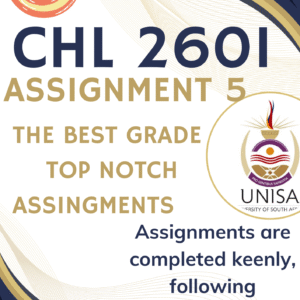
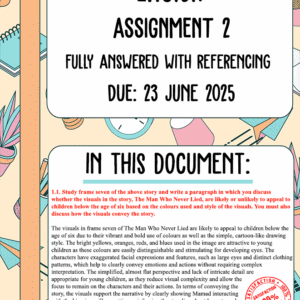

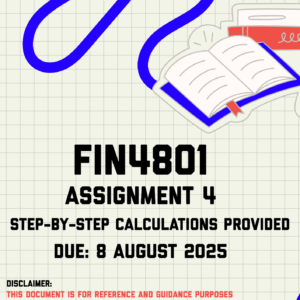

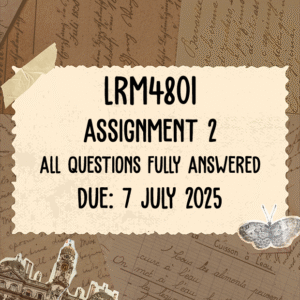
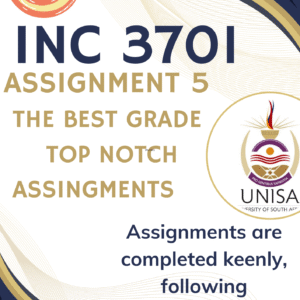

![CIC2601-Exam (Questions & Answers) [2023]](https://studypass.co.za/wp-content/uploads/2022/12/1-7-300x300.png)








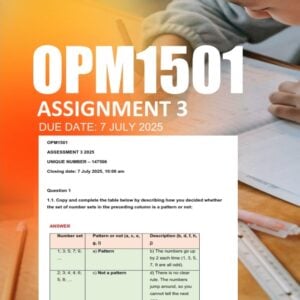

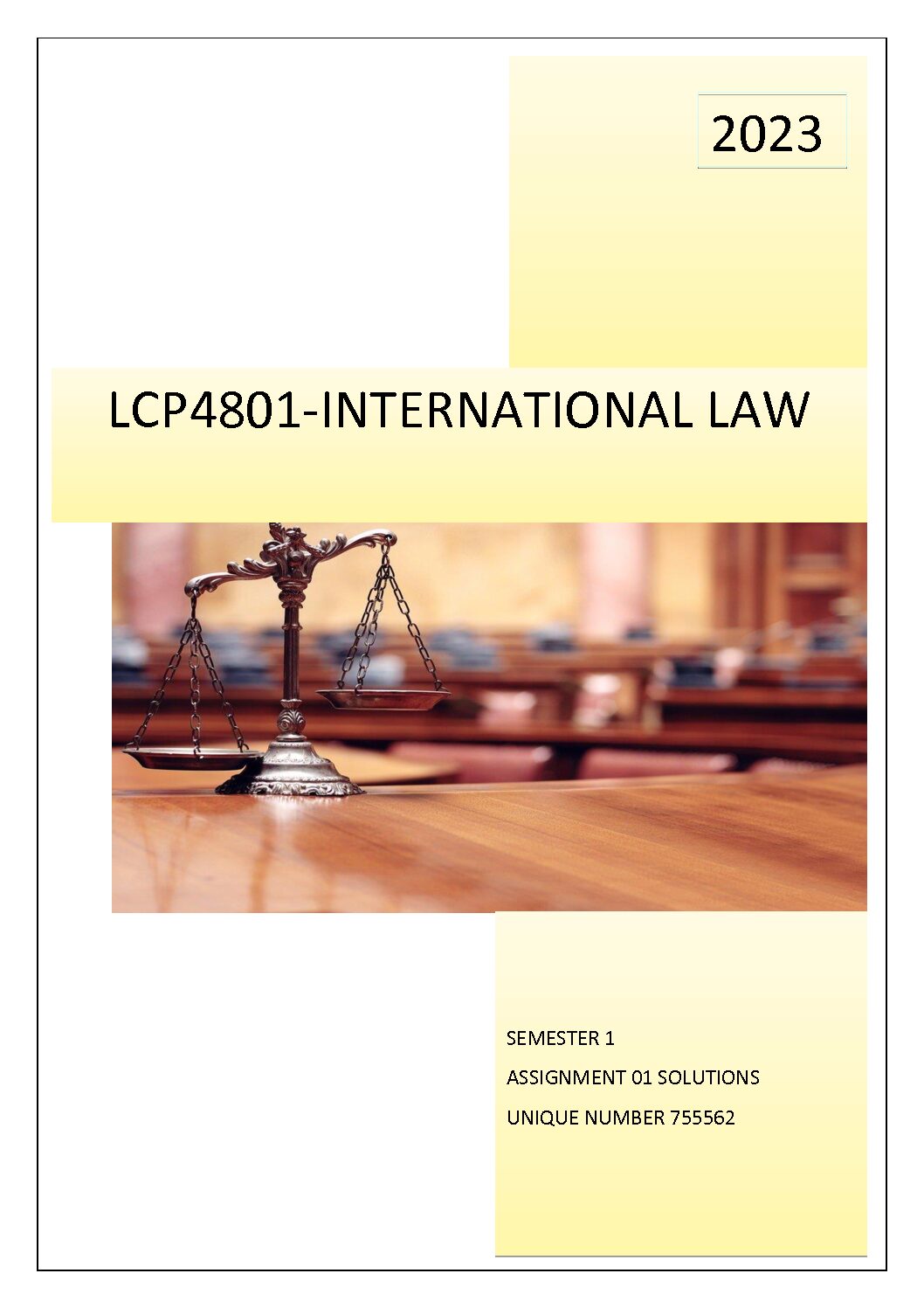







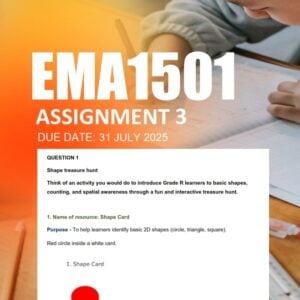


![TAM2601-All-in-One-Exam Pack [2023]](https://studypass.co.za/wp-content/uploads/2023/02/1-300x300.png)

![BTE2601-Summarised Notes [2023]](https://studypass.co.za/wp-content/uploads/2022/12/1-2-300x300.png)


















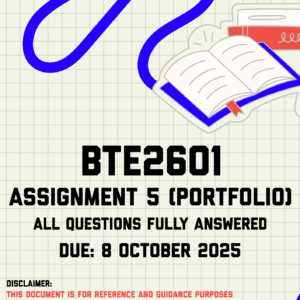



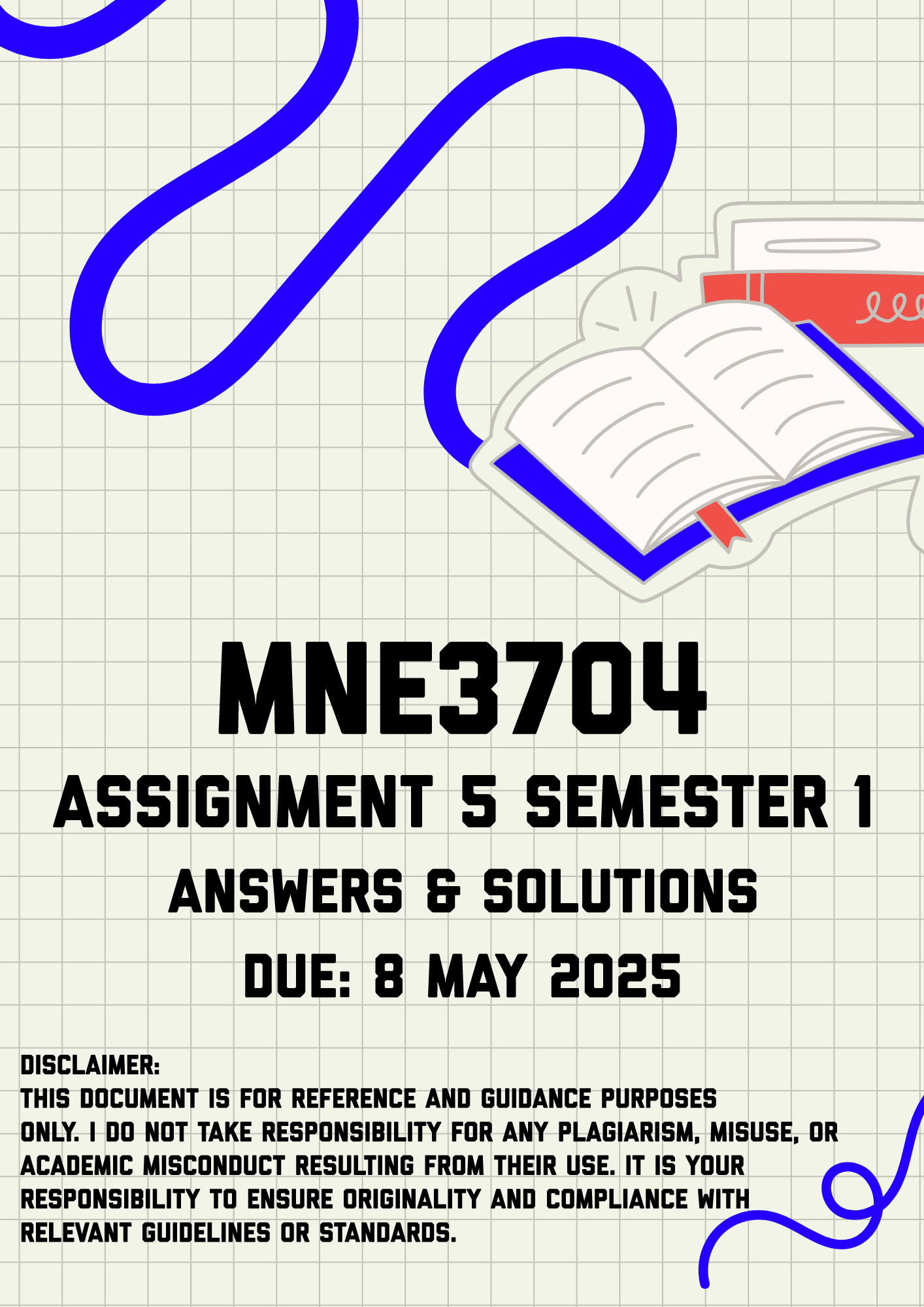







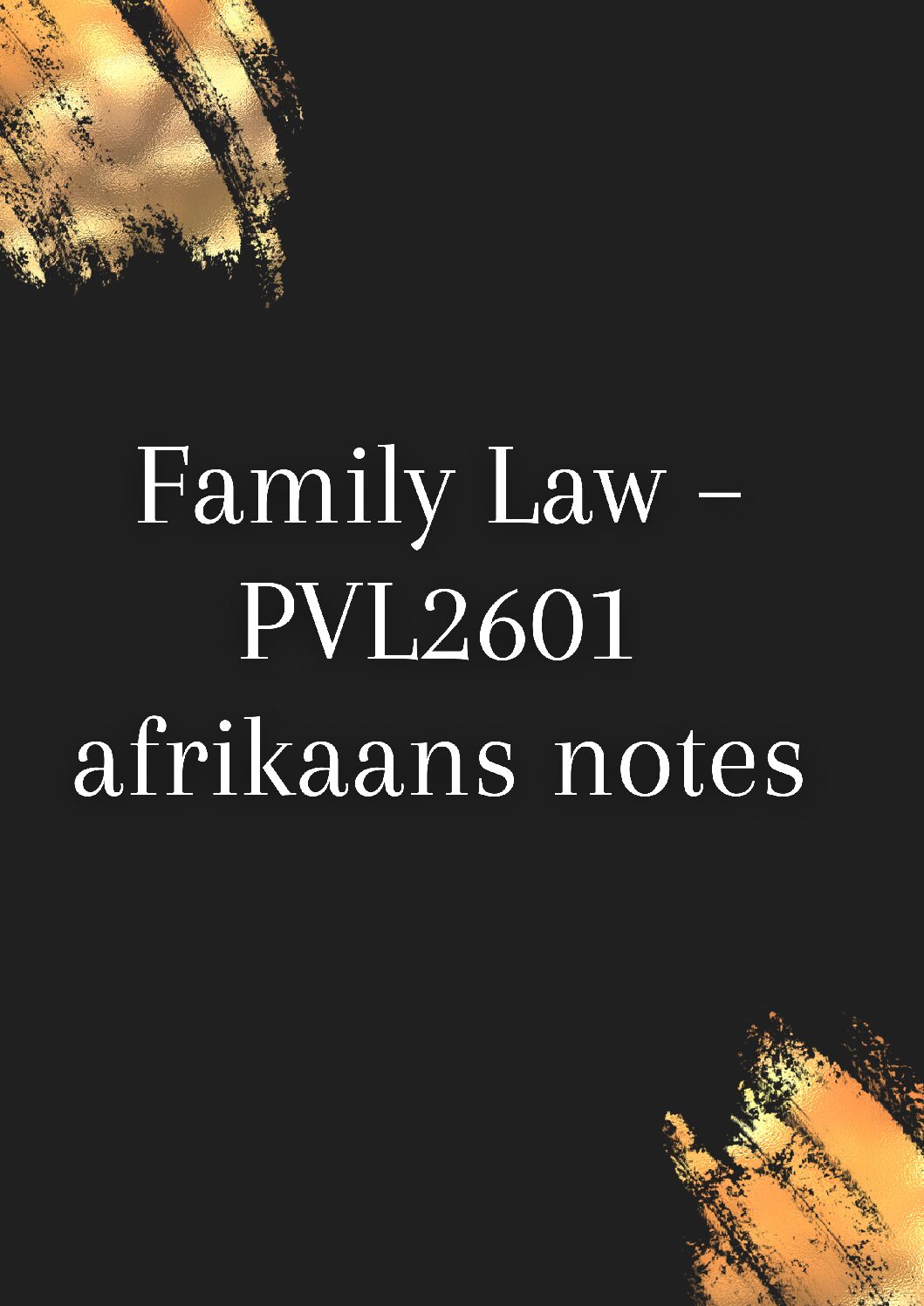


Reviews
There are no reviews yet.